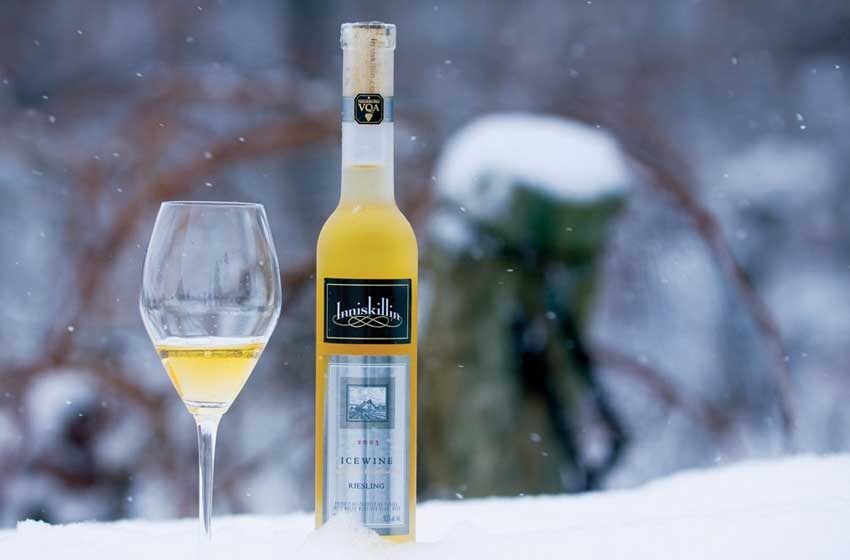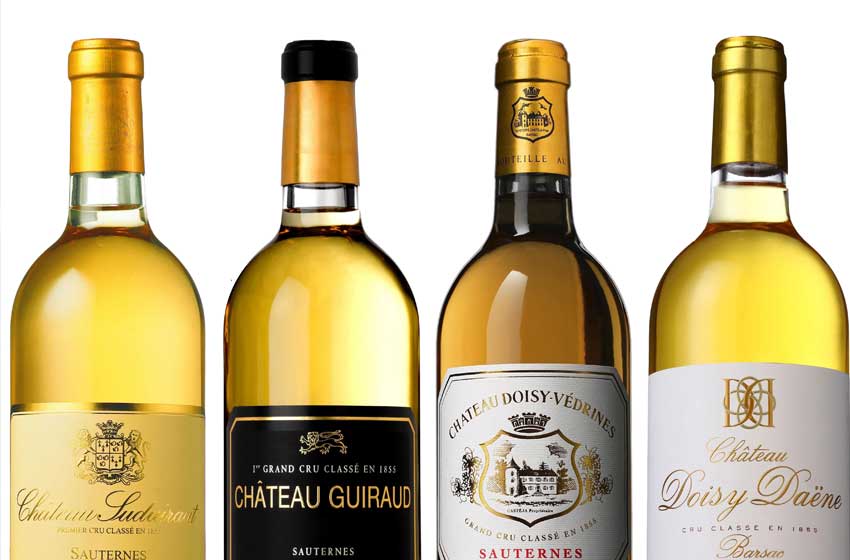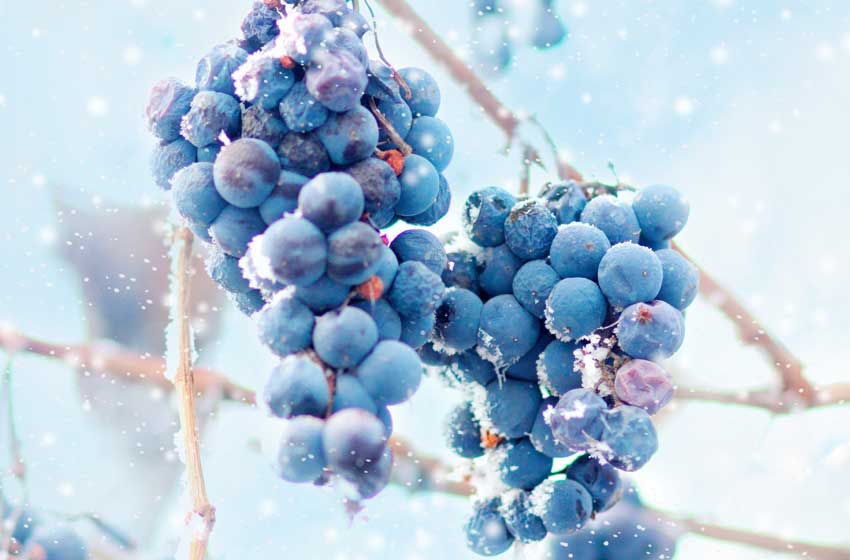What is Ice wine, and why is it called ‘’liquid gold.’’

What do we need after a long day at work? We crave a little relaxation, for which different people choose varied ways depending on their preference. Some like to de-stress; hence they have a glass of wine while listening to some music.
Besides, wine is one of the most common beverages that you might find to be a part of dinners or brunches. So, although you might not be a wine lover, you must have had it once or twice, and I bet you cannot forget the distinct taste.
Amongst the varied kinds, a Canadian wine variant is known as ‘’Liquid Gold’’. Let us look at why it is called so and what is unique about it?
What is Ice wine?
Ice wine is a rich, sweet dessert wine made by harvesting and pressing the grapes when they are frozen, significantly when the temperature drops to -8°C. The distinctive flavour, texture and taste come from the amalgamation of grape juice and icy crystals that stay within the fruity pulp. Then, the juice is further processed to make the ice wine, consequently making the texture and flavour of the wine highly concentrated compared to other variants.

What is the origin of the Ice wine?
The concept of extracting wine from frozen grapes is not new, and you can trace the roots of this speciality wine back to the ancient Roman era. Furthermore, the tradition of making ice wine is well-rooted in Austria and Germany, where locally it is known as eiswein. But Canada is one of the world’s leading regions to produce this wine.
Ice wine is particularly hard to produce and is sold in half-size bottles for a premium. Like many desert varieties, it has low alcoholic content than most wines and contains notes of sweet fruits and honey.
What is ice wine made of?
Ice wine is made of grapes that have been allowed to freeze on the vine, allowing the grape’s sugars to intensify, leading to an ultra-rich and sweet taste. When the temperatures are below -7°C, the fruit is harvested in the middle of the night in December or January. The frozen grapes are then pressed, allowing the drops of juice to squeeze out; after that, it is run through the fermentation process.

Riesling, Chenin Blanc, Vidal Blanc, Cabernet Franc, Gewurztraminer, Pinot Gris, Gewürztraminer, Shiraz, Cabernet Sauvignon and Merlot are few of the common grapes used to make the ice wine. Harvesters cannot use old grapes to produce this wine, as they need a particular variety of grapes that can withstand arctic temperatures. Consequently, that gives the yellow pinkish colour to the drink; hence it is called ‘’liquid gold’’.
How to pair ice wine?
There is no specific food to accompany the wine. However, if you live in cold regions, you can pair it with strongly flavoured foods like mustard, rich spices, curries and salad. You can also have ice wine with a soft cheese like brie or mild goat cheese, or simple vanilla desserts like yoghurt panna cotta, sour cream pound cake, or ice cream.
Brands that produce high-quality ice wine are Kiona, Peller Estates, Casa Larga, etc.







